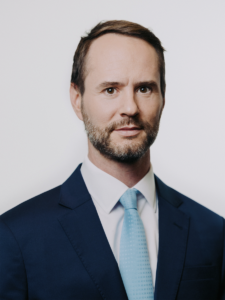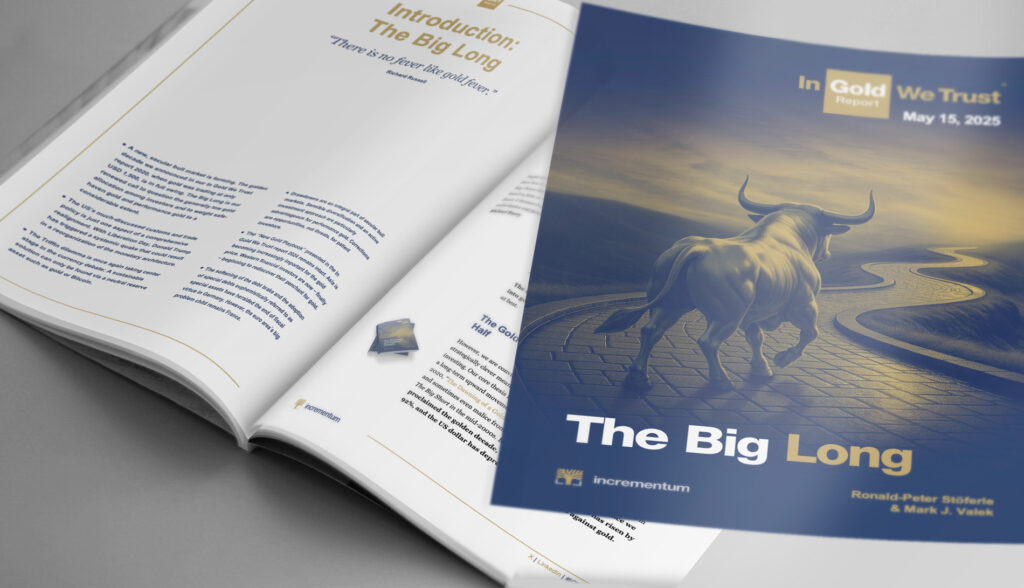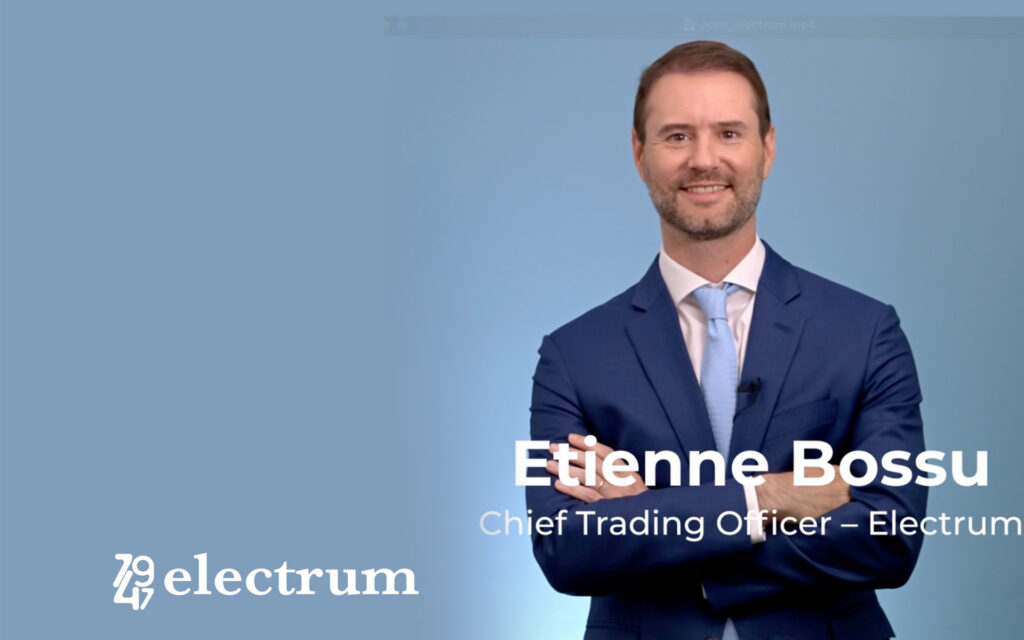“The Big Long.” That is the title of the latest “In Gold We Trust” report published by the Asset Management company Incrementum following a large number of interviews with leading […]

The rise in precious metal prices reflects the world’s adaptation to resource scarcity

June 10, 2025
Reading time : 10 min
Etienne Bossu, Chief Trading Officer at Electrum, talks to Véronique Riches-Flores, independent macroeconomist and former Chief Economist at SG CIB, about the global economic outlook and the new market paradigm.
The rise in precious metal prices, starting with gold, has accelerated in recent months. Beyond recent geopolitical events, what are the underlying drivers and consequences of this increase?
Véronique Riches-Flores: This bullish cycle for precious metals actually began in 2008. The subprime crisis was the prelude to the launch of vast quantitative monetary policies, which contributed to a gradual erosion of the value of major currencies. More broadly, this general rise in prices reflects the world›s adaptation to dwindling resources and an aging population. These two trends largely explain the return of politics to the economic arena, breaking with the old paradigm of uninterrupted, self-sustaining growth in supply. They thus mark the end of a world characterized by abundant goods, low inflation, long cycles, and low real interest rates, which economists have often referred to as the “great moderation.”
Markets must now contend with a more regulated environment, a proliferation of supply shocks, chronic price instability, and widespread political and social tensions. This new reality is reminiscent
of the pre-industrial period, when weather hazards were accompanied by instability in agricultural production and, as a result, alternating bouts of inflation and deflation.
Etienne Bossu: This scarcity is also combined with a surge in demand for metals in general, some of which have key industrial uses in upcoming rearmament programs and, of course, the energy transition. This is the case for silver in the construction of solar panels and platinum in hydrogen fuel cells. Sovereignty issues are also pushing countries into a race to control these strategic raw materials, which in turn is exacerbating shortages. The rise in precious metal prices thus reflects their dual status as safe-haven assets and key components in the transformation of the industrial sector.
The markets seem to have undergone a lasting change. How is this new paradigm taking shape?
EB: The current period marks the definitive end of the old cycle characterized by low inflation and low volatility. Investors have only recently fully grasped this paradigm, as the moderate level of implied volatility contrasted sharply with the high historical volatility levels. From this perspective, the spikes in volatility caused by the erratic and unclear decisions of the new US administration are merely amplifying this new regime of volatility. They are not the root cause. This new market environment is having a significant impact on our trading strategies, with reduced positions in order to be able to maintain them over time.
VRF: This chronic instability is also occurring against a backdrop of declining confidence in the dollar. Combined with a planned increase in the US budget deficit, this decline in the attractiveness of dollar-denominated assets is causing US public debt to lose its historic status as a safe haven, leaving international investors without their main risk-free asset. This is likely to accelerate the rebound in real interest rates, which have already risen to 2% for 10-year bonds in the US and could be further accentuated by the Trump administration’s policies. While threatening the US model of overconsumption, the dollar’s loss of status will also affect capital flows, which are likely to concentrate in more limited areas of influence in the future.
In this context, markets are prioritizing assets that are suffering from growing imbalances between supply and demand, such as metals, and those that enable productivity gains in a finite world. This is particularly true, to a certain extent, of new technologies, which explains their current valuations. However, here too, it would appear that the bullish cycle is behind us. These groups, which valuation ratios make particularly sensitive to interest rate rises, are facing major and unprecedented challenges, such as exploding energy needs, the repercussions of the ongoing trade war and growing competition from Asia.
Metals are particularly affected by this growing imbalance between supply and demand. What are the obstacles to adapting supply to rising demand?
EB: Supply and demand suffer from a marked time lag. The acceleration of investment in the energy transition is already having a tangible impact on demand, which will strengthen considerably in the coming years. However, this growth is being met with very inelastic supply. Developing a new mining site requires time (around seven years on average for copper), visibility, and capital. All of these factors are sorely lacking today.
Yet savings are abundant. Why aren’t they being allocated where our economies really need them?
VRF: Global savings are certainly abundant, but their nature has changed. The aging population is reducing the general appetite for risk, while the working population of saving age is shrinking in the major developed economies. Public policies are struggling to take up the slack and are currently doing very little to channel savings towards critical sectors, which are therefore underfunded.
Our Publications
Interview with Etienne Bossu, Chief Trading Officer at Electrum
Etienne Bossu, Chief Trading Officer at Electrum, talks to Véronique Riches-Flores, independent macroeconomist and former Chief Economist at SG CIB, about the global economic outlook and the new market paradigm. […]



